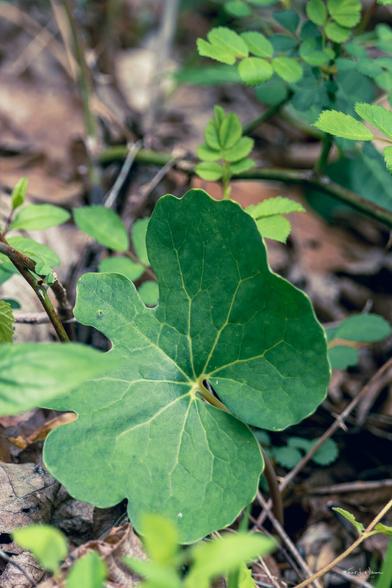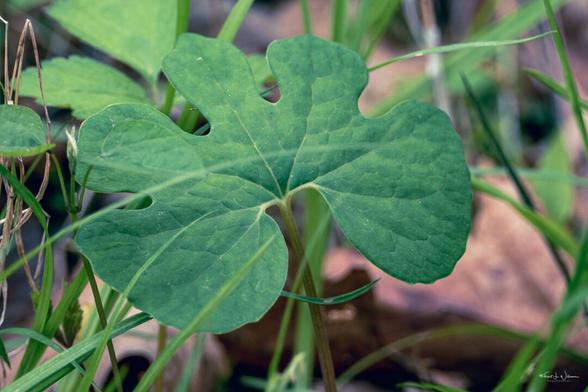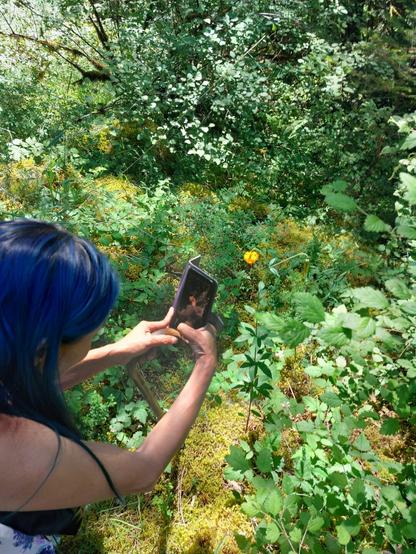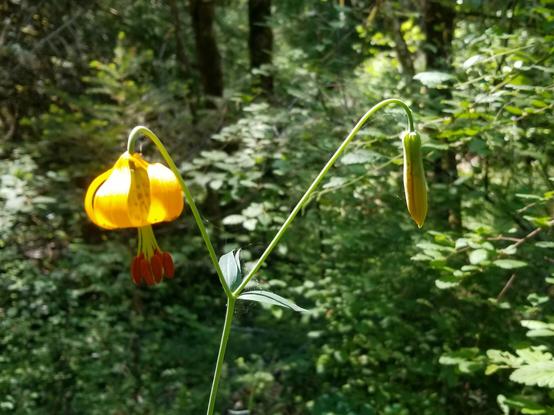As well as spring beauty and trout lily plants, I saw a few (two) bloodroot plants. In the wild, bloodroot is a protected plant in many areas. If you come across a patch of bloodroot, appreciate it from a distance and leave it undisturbed. The XF150-600mmF5.6-8 R LM OIS WR lens allows me to zoom in from afar, leaving the bloodroot and other native plants undisturbed.
Bloodroot can be found in the eastern part of North America, specifically in areas ranging from southern Canada to the eastern United States. It typically grows in moist, wooded areas and can often be found near streams or other bodies of water. The area along the bank of Rock Brook is the perfect environment for bloodroot. I discovered two hiking trails Rock Hopper and Pryde'S Point-Alexauken Creek during the pandemic with large colonies of bloodroot. Zion Crossing Park is closer to home.
Bloodroot (Sanguinaria canadensis) · Monday 1 May 2023 · FujiFilm X-T3 · XF150-600mmF5.6-8 R LM OIS WRThe most striking feature of the bloodroot plant is its unique flower, which is pure white and has a bright yellow centre. The fragile spring flower develops and rises from the centre of its curled leaf, opening in full sun and closing at night. I've tried unsuccessfully to grow trout lilies in my patio "meadow container" garden.
In terms of when the bloodroot grows, it is an early spring bloomer, typically appearing in late March or early April. The flowers of the bloodroot plant are short-lived and will only last a few days. A part of me wonders if the plants have already bloomed and I've missed the show. I'll have to visit Zion Crossing Park and the Rock Hopper and Pryde'S Point-Alexauken Creek trails to confirm my suspicions.
https://islandinthenet.com/bloodroot/
#bloodroot #HollowRoad #NativeWildflower #RockBrook #SanguinariaCanadensis #Spring #ZionCrossing



